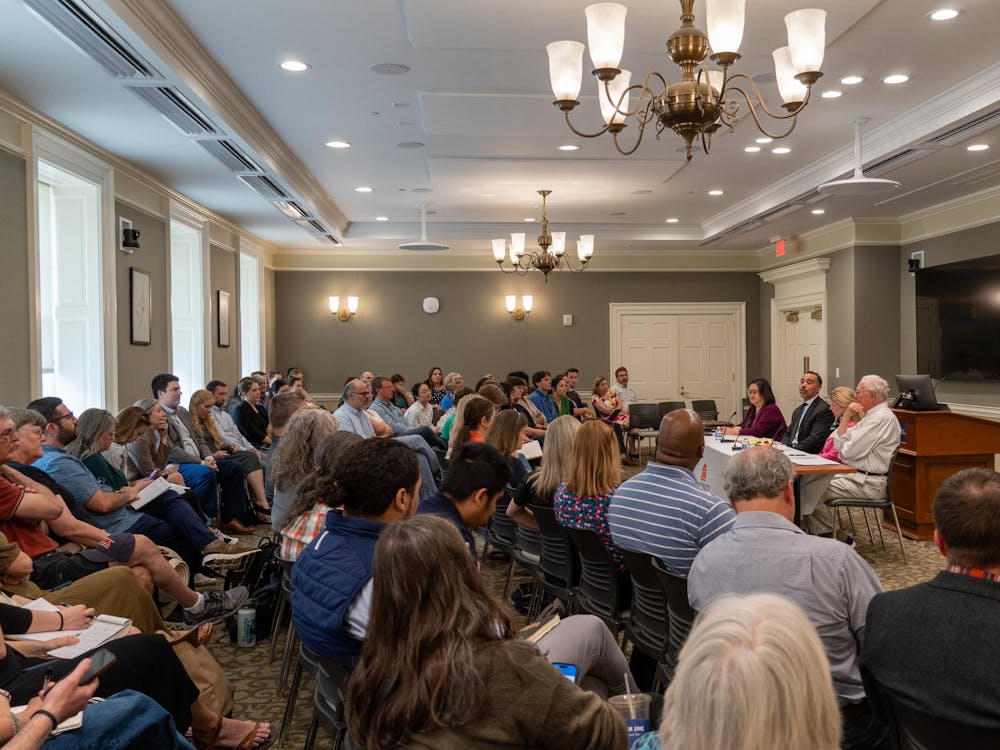As midterms pass and final exams and projects loom nearer, it is important for students to maintain a healthy lifestyle in order to keep up their grade point averages, a recent study suggests.
The 2007 College Student Health Survey Report, released earlier this year by the University of Minnesota’s Boynton Health Service, sought to quantify the effect that physical and emotional health have on students’ academic performances. The results, the study states, formulate a clear “link between the health of Minnesota undergraduate students and their academic achievement.”
Nearly 10,000 students from 14 colleges and universities in Minnesota participated in the survey, which took into account each student’s cumulative grade point average and response to this question: “During the past 12 months, how have the following [21 issues] affected your academic performance?”
The study, headed by Ed Ehlinger, director and chief health officer of Boynton Health Service, found that participants identified general stress, sleep difficulty, concern for troubled family members/friends, relationship issues and excessive computer/Internet use, as the issues, from an array of options, that most affected academic performance.
The study found that of the 13 percent of students who reported an issue with excessive, non-academic computer or television use, 42.9 percent reported this use of their time affected their academic performance. Students who reported that such an issue affects their academic performance had an average GPA of 3.04, while students who did not report an issue with excessive television or computer use had an average GPA of 3.27.
The study was dominated more by health issues than by poor time management, “a new area we have to do more work on,” Ehlinger said.
The average GPA of those who said they had zero physical activity in the last seven days was 3.18, while students who said they had any physical activity — reported as low, medium or high — had average GPAs of 3.24 for low and high activity and 3.25 for medium levels of physical activity.
Ehlinger noted that student health is not only an individual, but also a collective, effort.
“We at the university level need to make sure there are enough health services available,” Ehlinger said. “The administration needs to have enough resources to really attend to [student] health needs.”
Here at the University, several students reported that their health is a priority.
“The culture of the University is to promote health,” fourth-year Commerce student Andre Grier said, referring to the Counseling and Psychological Services program and the Stall Seat Journal as health promotion efforts on Grounds.
First-year College student Charlotte Bowden said she believes health is not only a part of the culture, but a founding principle of the University, noting “the quote from [Thomas Jefferson] when you walk into the [Aquatic and Fitness Center] that says you should devote at least two hours a day to exercise.”
Now that his study’s results have been publicized, Ehlinger said he hopes all universities can push toward improved student health.
“It really raises the issue that health is important,” Ehlinger said. “We really want universities to know so they can build their resources.”






